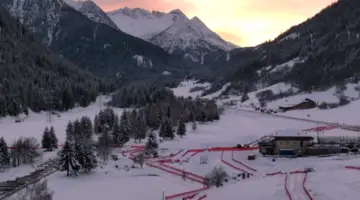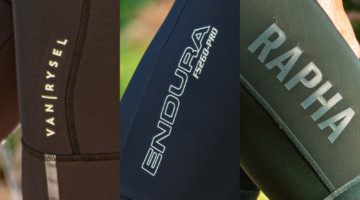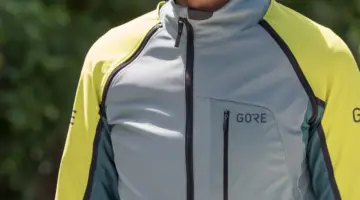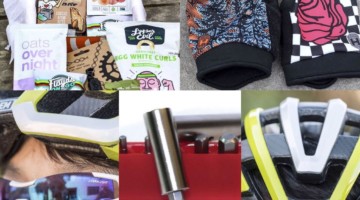Not used to riding and racing cyclocross in the cold? Or want to make sure your national championships is stress-free and that you’re completely equipped? We talked with cyclocross legend and almost constant-national champion, Kansas’ Steve Tilford for his advice on being prepared for the potential bitter cold weather in Madison, but it still is relevant for unpredictable Boulder.
For general packing tips, also see our extensive previous articles on packing, including Pete Webber’s tips for preparing for the 2014 Boulder Nats, Josh Liberles’ article on packing for cyclocross, David Hutton’s packing list for Nationals, and Ryan Kelly’s humorous piece on packing for a race when you’ve already given up. Also, be sure to check out our complete coverage of the 2012 Cyclocross National Championships from Madison, Wisconsin.
Packing for the cyclocross is time consuming. You have to plan for virtually all conditions. It’s not too hard to dress for when it is going to be nice, but that is the exception in the winter, not the rule.
One of the biggest problems with ’cross is that it is really clothing intensive. You have to have a huge selection of clothes and duplicates of many pieces. The key to dressing for all cycling is layers, lots of thin layers. That way it is very easy to find tune your body temperature for your output.
I think the most important clothing is the clothing you need before the race — the clothes you wear for pre-riding the course, especially in wet conditions. There is nothing more detrimental to having a good race than being chilled to the bone before the start. Water is a huge component to being really cold. Really fast.
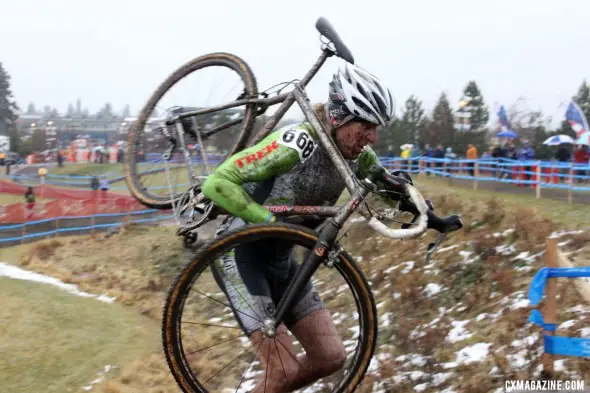
Steve Tilford on takes winter cycling clothing seriously, but never wears tights or knee warmers when racing. © Cyclocross Magazine
I always have a complete waterproof / mud-proof kit set aside for the pre-rides. That kit includes waterproof pants, jackets, neoprene booties and something that will keep your hands warm. It is imperative that you don’t burn a ton of calories trying to stay warm before the race.
I don’t usually have a problem dressing for the race itself. I’ve never been cold in a ’cross race. No matter what I’m wearing. I realize that might not be normal for everyone, but you need to realize that it takes a ton more energy to cool yourself down than heat yourself up in an athletic competition. If you’re going to miss the clothing selection, err on the part of being under dressed always.
I have a couple different thicknesses of head bands that fit under my helmet. If it’s going to be super cold, I usually put Dermatone (expensive Vaseline) on my face before the start. I normally race with no clothing on my legs. Especially if it’s wet. I have a ton of different Belgium knee warmers, i.e. leg goop, for about any temperature. But, this is my preference. Knee warmers, leg warmers, tights are all fine depending on your comfort level.
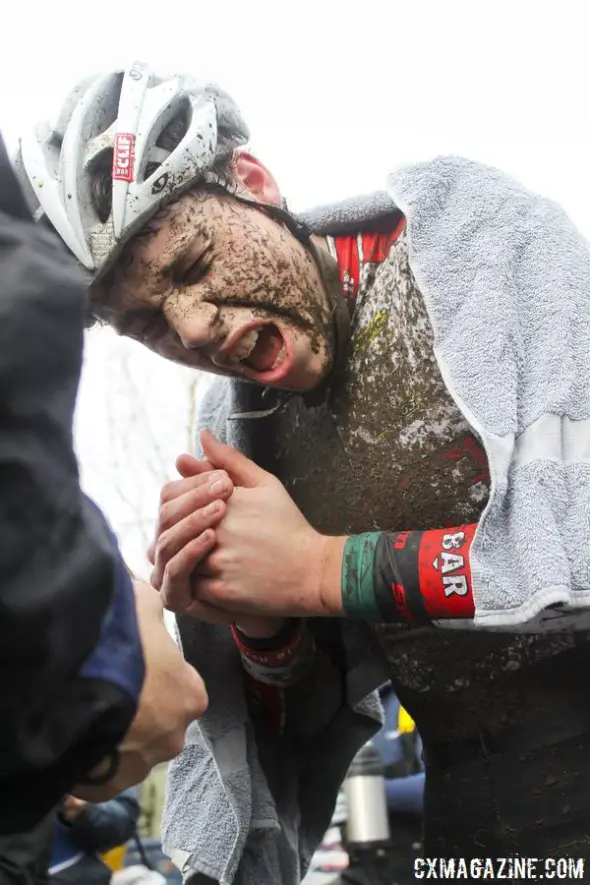
Don’t suffer like this. Cold hands can cause damage that lasts a lifetime, says Tilford. photo: Kolben Prebble in Bend. © Cyclocross Magazine
Gloves are the only exception to the under-dressing for me. I’ve have a horrible time trying to keep my hands warm in cyclocross. I think it is because of the few times that I’ve frozen my fingers badly: once falling into a pond in a UCI race in Kansas City, and then last year at Bend in the Master’s race where I did it again. My hands have never been the same. I’ve never found a way to keep my hands dry and warm. I have so many different gloves, but none seem to do the trick. I have some great Assos neoprene gloves that seem to be the best, but they still aren’t good enough when it is severe. I’ve been resorting to the chemical heat packs on the back of my hands to try to keep some feeling in my fingers when it is cold and wet out. Make sure you open them way before you need to use them. They take a long time to get up to their maximum temperature. They help a ton, but nothing really works for me at this point.
The after-race clothing is much more important if you’re doing more than one event at Nationals. Don’t forget to have a bag of warm clothes to change into when your done. At the Jingle Cross, a guy brought me a tea kettle of hot water and a clean towel to wipe off with. I went from being nearly frozen to relatively warm in seconds. I carry a thermos of hot water now for that very thing.
It is amazing how much having the right clothing for the event can affect your performance. And it’s an fairly easy thing to plan for. Hopefully most of the stuff just stays in your bag for the whole trip.
For more Nationals 2014 stories, from packing to racing action, check out our Nationals Page here.























